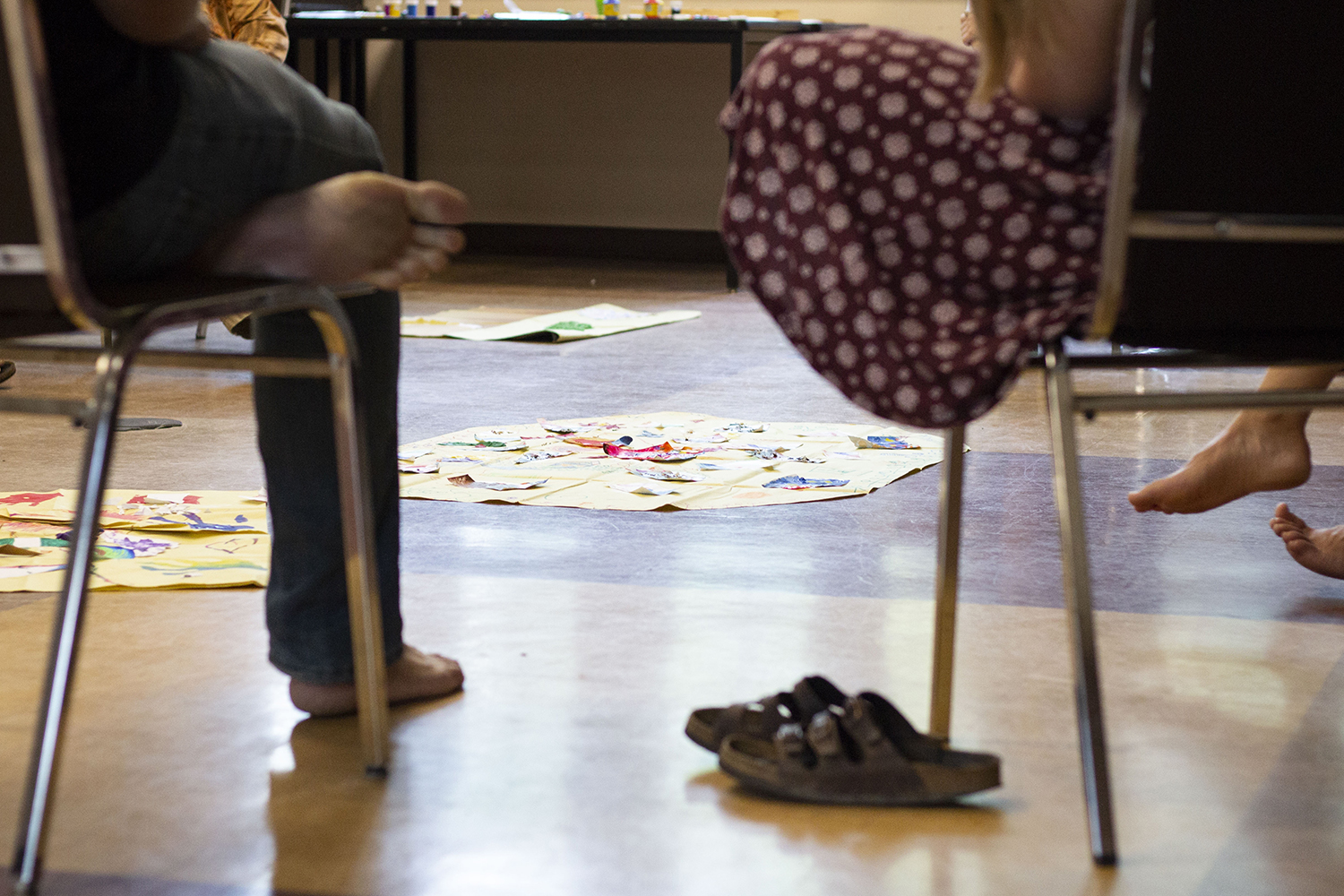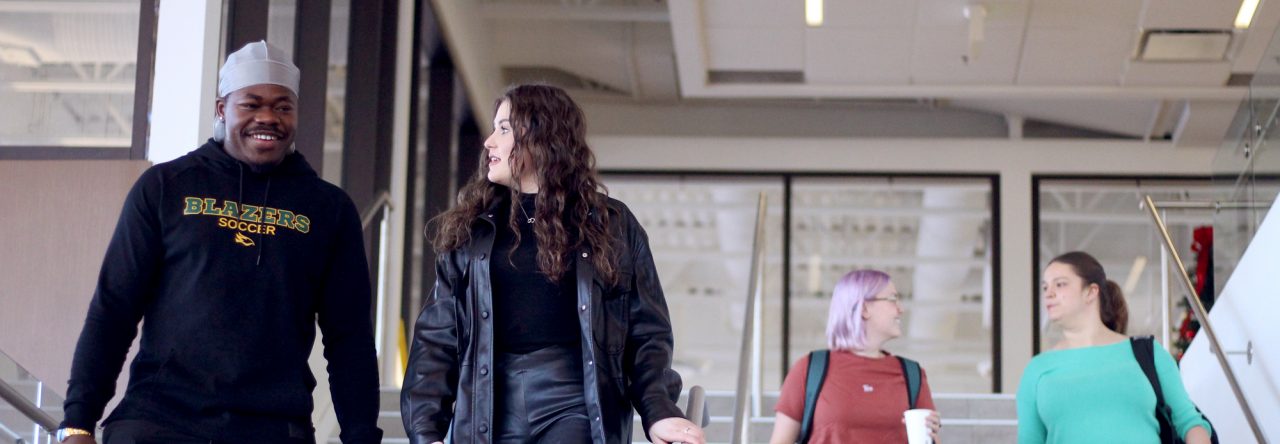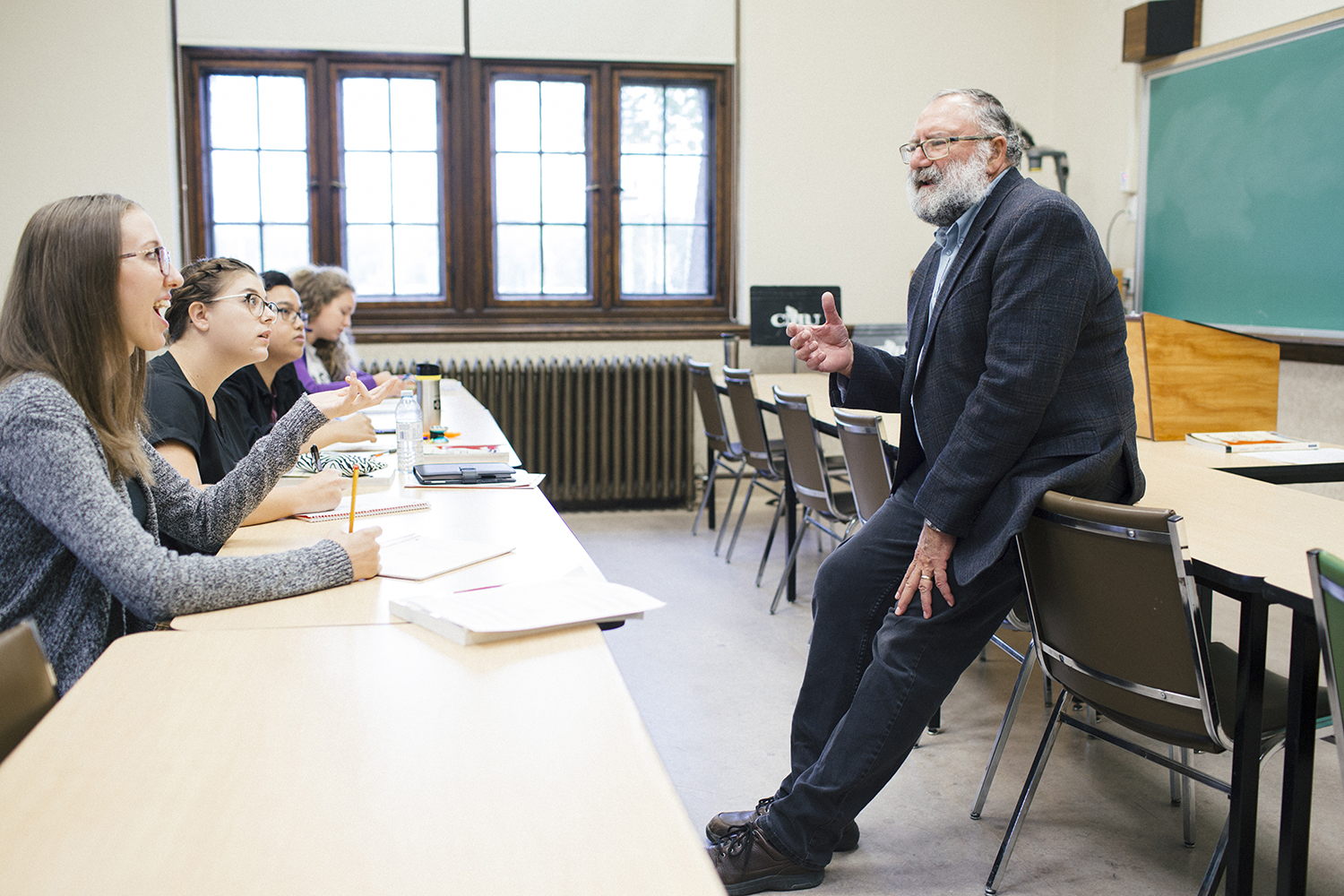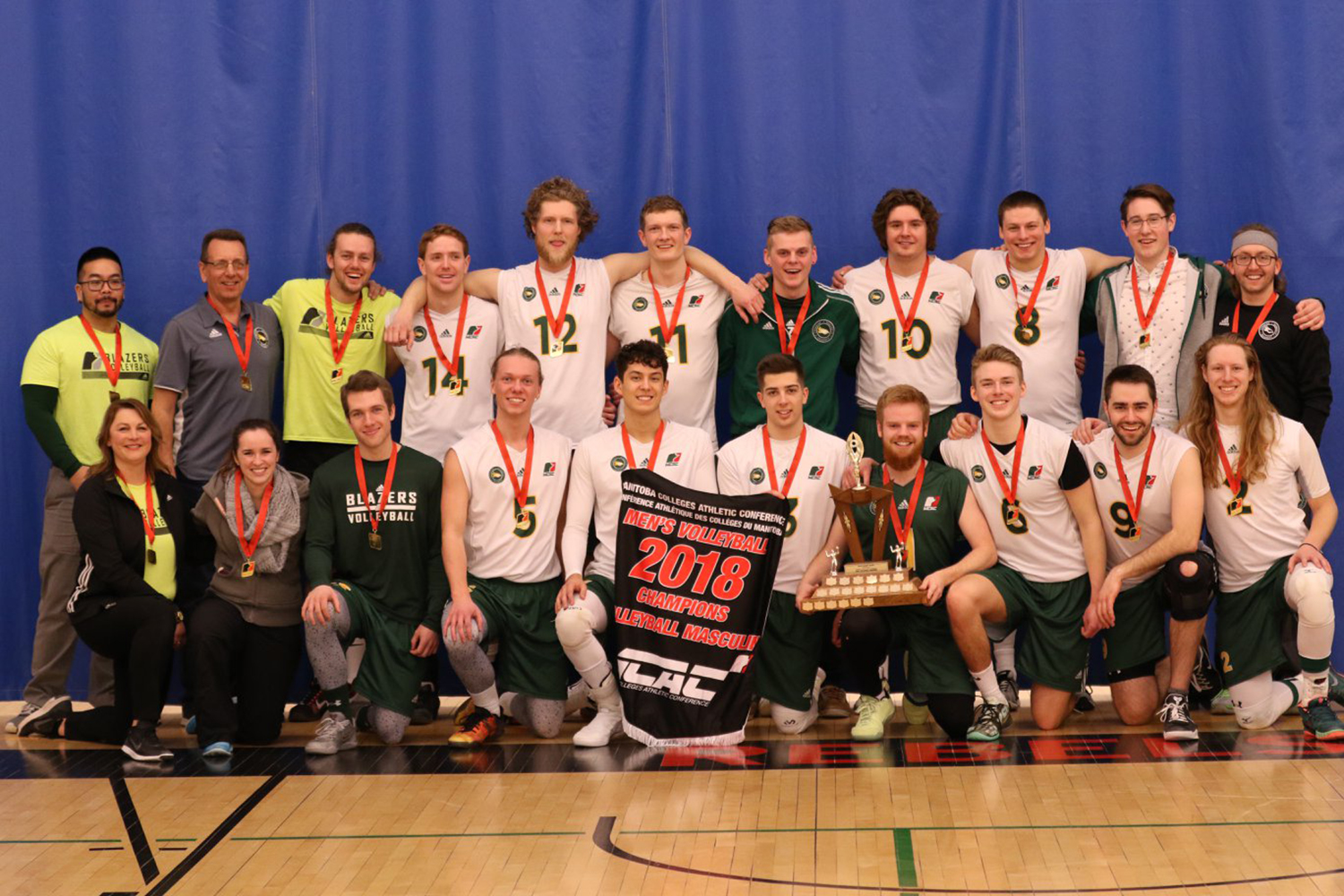
For the first time in my degree, I took a class purely on a recommendation, and man alive am I glad I decided to.
After some conversation and discernment, my academic advisor told me that she thought I should take Arts Based Approaches to Social Change from the Canadian School of Peacebuilding (CSOP). I liked the idea of getting some credits out of the way and having an excuse to come back to Winnipeg mid-summer. The course sounded mildly interesting, and though not related to the direction my Interdisciplinary degree seemed to be taking, I decided to just do it.
“You’ll probably enjoy it,” I told myself. “Doesn’t matter if it’s related. It makes sense for other reasons.”
Pretty soon my books came in the mail and sat on my shelf for most of April and May. Suddenly, I was booking flights to go to Winnipeg, and started my reading.

I walked into the auditorium where the opening ceremony was held and breathed a sigh of relief as I saw some familiar faces from CMU, and two women I had met at different conferences over the past three years. “I have a community here,” I reminded myself. “Whatever happens this week, I am learning in community.”
That sentiment proved truer than I could have imagined.
In my class were 11 students, and we represented at least 6 different countries. Despite the incredible diversity of culture, age, and experience, we began to know and trust each other quite quickly. How could we not when we were dancing, painting, and acting together?
Throughout the week we participated in numerous creative activities which helped us to understand various aspects of conflict, violence, and reconciliation. Here’s a couple of examples:
On Tuesday we made memory boards. In some parts of central Africa, stories are told on Lukasas, or memory boards. They are visual and tactile displays of cultural stories.

Our class divided into two, and each group created a picture/diorama representing our story and community. Then Babu (our instructor) went over to one group and destroyed their Lukasa, telling them that a member of their community had done it. He then came to my group, wrecked our Lukasa, and said that the destruction was by a member of the neighboring community.
After spending so much time trying to represent who we were, it was devastating to have our Lukasa ravaged. Our task then was to talk about how we would rebuild, how we would forgive, how we would move on. It was difficult!
On Wednesday, we participated in forum theatre. 10 of us lined up our chairs, and Babu and one volunteer did a dramatic reading behind us of a domestic violence scenario. It was powerful.
Afterwards, we divided into groups based on the response we were least likely to have in real life. My group was the “intervening” group, and we were all young women, painfully aware both of our power and our vulnerability. It was incredibly eye opening and empowering to talk and act with these women and come up with an intervention that kept us safe and allowed for the abused woman to get the help she needed.

CSOP has taught me a lot of things – it’s taught me about using the arts in peacebuilding to be sure, but it has also taught me about this balance between power and vulnerability. As budding peacebuilders, we have so much opportunity to effect change and participate in the goodness in the world, but we also carry our own vulnerability and smallness with us. Sometimes it just doesn’t feel like we are enough. At CSOP I learned to hold both truths, but to hold them with other people. This is the moral imagination – staying grounded in the here and now, and imagining a more life-affirming world.
Marnie Klassen is going into her third year of Interdisciplinary Studies at CMU.





 Jason Friesen is a 2018 graduate of CMU’s
Jason Friesen is a 2018 graduate of CMU’s